Topic 3: Sexually Transmitted Infections (STI)
Understanding, preventing, and treating sexually transmitted infections
How to Get Tested for HIV
Watch this short video for a quick overview of HIV testing and STI awareness before diving into the detailed lesson below.
Understanding Sexually Transmitted Infections
Different infections can be transmitted through different means. For example, HIV has four ways of transmission which include transmission through unprotected sexual intercourse. Aside from HIV, there are other infections that may be passed from person to person through unprotected sexual intercourse with a person who has the infection. These are called Sexually Transmitted Infections (STI). HIV is a type of STI.
Microorganisms that cause STI can be transmitted from one person to another different STI that are caused by bacteria, viruses, and skin parasites. Bacteria and viruses are microscopic (i.e. cannot be seen by the naked eye). The common STI are listed in Table 1.
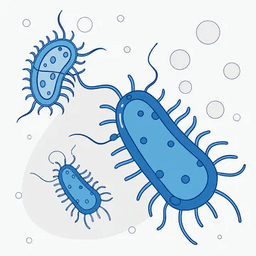
- Chlamydia
- Gonorrhea
- Syphilis
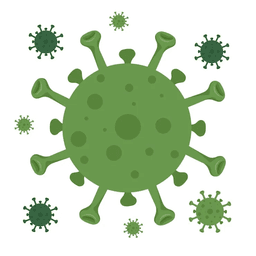
- HIV
- Herpes
- Genital and anal warts
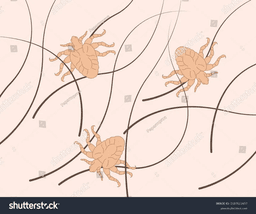
- Pubic lice
- Scabies
Table 1 - Common Sexually Transmitted Infections
Common Symptoms of Sexually Transmitted Infections
Different STI have a variety of symptoms. Table 2 below summarizes the most common symptoms of STI and the corresponding STI that cause it. The causative agent and possible complications are also listed in the last two columns.
| Symptoms | STI | Causative Agent | Possible Complications |
|---|---|---|---|
| Genital or rectal discharge of unusual color, smell, or quantity, sometimes with pus TULO | Chlamydia Gonorrhea | Chlamydia trachomatis Neisseria gonorrhoeae | • Scrotal and testicular swelling • Pelvic inflammation with abdominal pain • Ectopic pregnancy (Chlamydia) • Infertility • Neonatal conjunctivitis |
| Genital or rectal sores or blisters; sometimes on the mouth & face SUGAT | Syphilis | Treponema pallidum | • Blindness • Deformities of unborn babies • Still birth • Neonatal syphilis |
| Genital or rectal sores or blisters; sometimes on the mouth & face SUGAT | Herpes | Herpes Simplex Virus (HSV) | • Bladder problems • Newborn infections |
| Genital or anal warts that are painless KULUGO | Genital and anal warts | Human Papilloma Virus (HPV) | • Cervical or anal cancer in women • Penile or anal cancer in men • Problems during pregnancy |
| Genital or anal itching, possible blisters or sores from bites KUTO | Pubic lice | Phthirus pubis (crab lice) | • May spread to other body parts such as legs, chest, armpits, beard, eyelashes |
| Genital or anal itching, possible blisters or sores from bites KUTO | Scabies | Sarcoptes scabiei | • Impetigo (bacterial skin infection) |
| No symptoms; depends on infections present | HIV | Human Immunodeficiency Virus (HIV) | • TB • Pneumonia • Candidiasis • Death |
Note: Words in red font are the commonly used Tagalog terms of the symptoms described.
Other Symptoms of STI
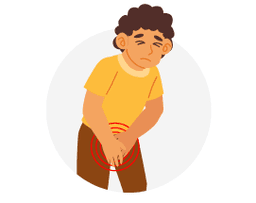
Pain & swelling in the testicles, penis, vagina, or anus
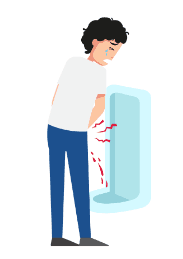
Pain or burning sensation when urinating
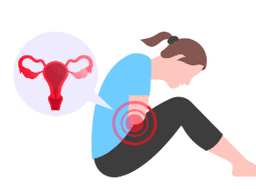
Pain during sexual intercourse
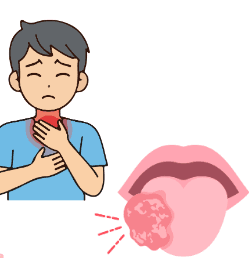
Sores/blisters in the mouth/throat
IMPORTANT WARNING
Remember, people with an STI can also have no obvious symptoms or are asymptomatic, especially females.
Even though we studied the common symptoms of STI, DO NOT DIAGNOSE YOURSELF and DO NOT TREAT YOURSELF or take non-prescribed medications for suspected STI. You should talk to your teacher, guidance counselor, school nurse, or school physician if you have any concerns regarding your sexual health. Do not be ashamed or afraid. They will help you!
Relationship of STI and HIV
The presence of STI makes a person at higher risk of having HIV by around 15% to 20%. Sexually Transmitted Infections enable HIV to more easily enter and infect the body.
A person with an STI, particularly if the STI causes sores or ulcers, has a higher risk of getting infected with HIV.
To reduce the risk of HIV infection, avoid getting infected with STI by abstaining from sexual intercourse or using a condom correctly and consistently.
Prevention of STI
HIV is a type of Sexually Transmitted Infection. In fact, the ways to prevent STI are similar to the ways of HIV prevention discussed in Lesson 2. Let's have a quick review of our ABCDE of HIV and STI Prevention! Can you remember what each icon means?
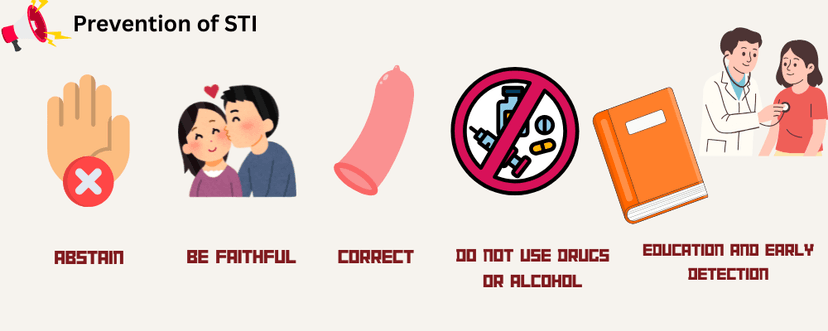
Fig 4 - ABCDE Prevention Method
Treatment of STI
If you had sexual intercourse, and notice symptoms of an STI or feel like you might have an STI, you need to see a doctor immediately. Your sexual partner must also consult a doctor. If you or your partner have STI, abstain from having sexual intercourse until you are cleared by your doctor.
STI like HIV, warts, and herpes have no cure while other STI can be cured with the proper treatment. Therefore, if you are already having sexual intercourse, it is recommended that you regularly see a doctor to get checked for STI. Social Hygiene Clinics, City Health Clinics, and other public and private hospitals and clinics offer STI diagnosis. It is better to seek help than to keep things to yourself!
Medicines should be taken exactly as how the doctor prescribed them- including how often and for how many days the medicines should be taken. It is important to finish the full course of medication to guarantee complete treatment. So even if you start feeling better or the symptoms disappear, finish the medication as prescribed.
If you get an STI, get diagnosed, and complete treatment - it is still possible to get the same STI again or other STI in the future. So to keep yourself healthy, remember to practice the ABCDE of HIV and STI prevention.
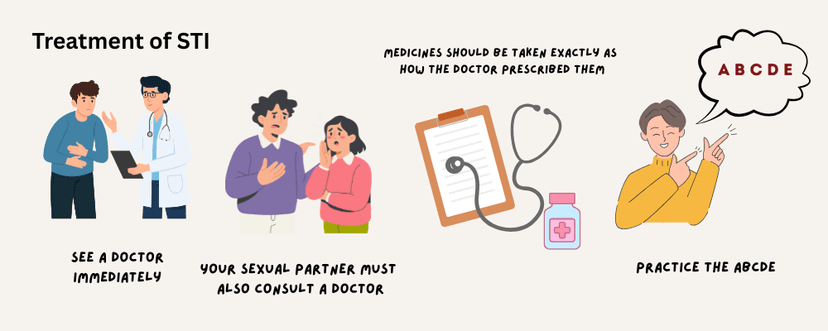
Fig 5 - STI Treatment Guidelines
Key Concepts about STI
Each sexual activity puts you at risk of getting different Sexually Transmitted Infections. One can have several STI at the same time.
There are four common symptoms of STI that you have to remember: discharge, sores, warts, and itching.
HIV is a Sexually Transmitted Infection (STI).
Go to a doctor if you think you may have STI.
Do not take medicines not prescribed by your doctor.
Getting treated for STI in the past does not make you immune to that STI or other STI in the future.
STI may have long-term complications.
- Both males and females can get gonorrhea or "tulo".
- Using condoms properly can help prevent STIs.
- Early testing and treatment can prevent STI complications.
- Everybody with an STI has a symptom.
- STI can be treated by using Tide/detergent to clean the genitals.
- You should always have a condom in your wallet for good luck – "pampa-swerte".
Fig 6 - STI Summary